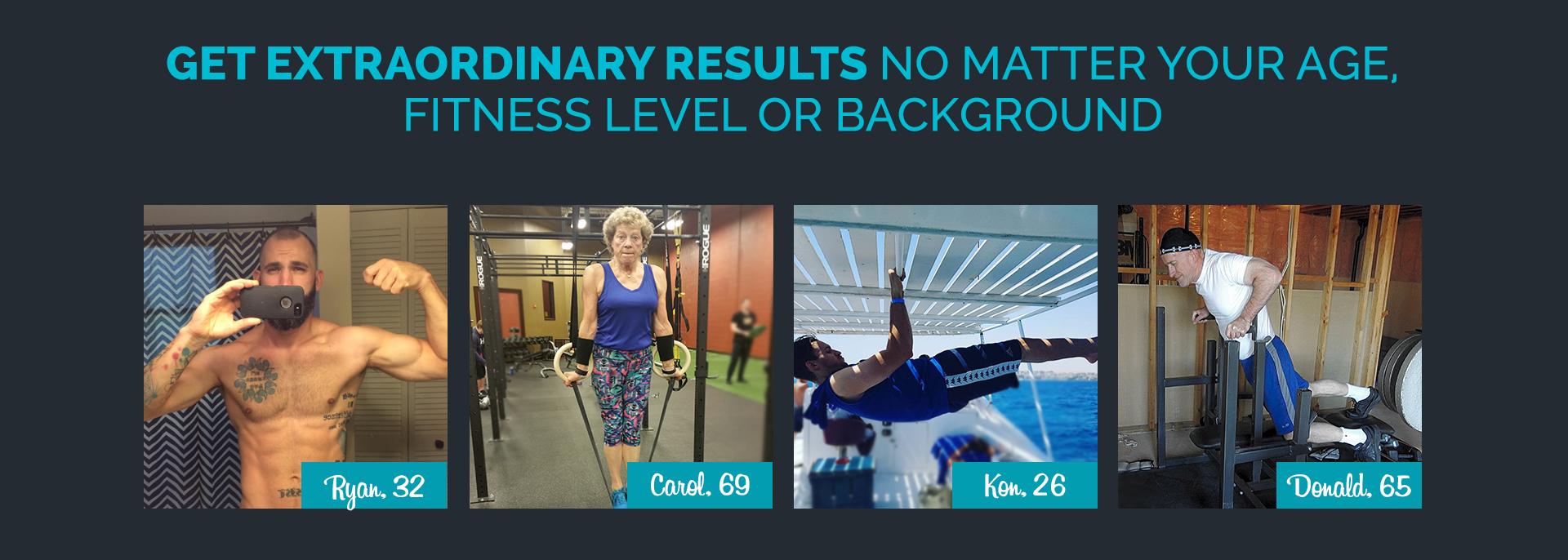Can you train calisthenics every day without getting injured?
Since The Movement Athlete was created, I’ve seen many athletes rely on excuses to avoid getting started.
“I can’t train every day, I don’t have the time.”
“You’re asking for too much! What about overtraining?”
“Daily movement? I’m no pro, that’s too much!”
These are valid fears new athletes may have. But I’m here to tell you that you can do calisthenics every day.
I want to alleviate these fears once and for all while showing you a better way of thinking about your daily training and movement practice. I’ll also share strategies to move every day without overtraining and still get amazing results.
Ready for it? Let’s get started
But what about the results?
We all want results. And that’s good. We need goals to keep on moving, keep on progressing, keep on getting better. It’s really important.
There’s a sweet spot, though, where training more won’t get you more results. Unless you’re a professional athlete and you’re training for some sort of competition, consistency is more important than the volume.
So even though I know you want results – whether you get these results in 2 or 3 months won’t make much difference. What will make a difference is you building the habit of working out or moving, day in and day out.
Keep that in mind.
Yes, you’ll get there faster if you train 6 days instead of 3, but can you actually afford to train 6 days a week? or after 4 weeks, will you burn out and never want to train again?
It’s better that you train more slowly, and be able to stick to it for the next 6,12, 24 months. In fact, you should be able to commit to it for the rest of your life.
So let’s talk about how you can move, and even train, every single day without burning out while making sure that you’re moving forward a little bit every day.
3 Strategies To Optimise
Daily Training

CYCLE YOUR TRAINING FOCUS
Working for hours upon hours of time working doesn’t necessarily mean you’ll improve.
You need to focus specifically on what you want to train and achieve. This will help you make progress much faster and more efficiently than if you didn’t focus your attention on your goals.
But you need to have first mastered the Fundamentals. If you’re just starting out and you want to master your handstand – that’s cool but you probably won’t have conditioned your abs, legs, or pulling strength.
If you want to have good form and master your handstand, you need to first develop the right muscles. This is how you’ll be able to go after more advanced moves.
This is why the training program in The Movement Athlete platform starts with the fundamentals.
Training your core will help your handstands, doing leg lifts will perfect your l-sit, pulling strength and vertical dips will help you eventually achieve a muscle-up.
Once you’ve got that – periodization and cycling come into play.

SPLIT WORKOUT ROUTINES
I hear some of you saying: “But wait, how will my muscles grow if I train them every day? Don’t they grow during the resting time?”
This is where split routines can be used:
Split routines typically consist of either a 2- or 3-day split. With calisthenics, I’d stick with a 2-day split.
Examples of a two-day split routine could be:
Day 1: (PUSH + Legs): Handstands, Push-Ups, and Legs
Day 3: (PULL + Core): Pull-ups, Horizontal pulls, Bridges, Leg raises
Day 5: Back (Progressions towards Bridges & Back Lever)
Another way you could split your training is based on the muscle group:
Monday: Chest and Triceps
Tuesday: Biceps and Back
Wednesday: Legs and Shoulders
Thursday: REST
Friday: Chest and Triceps
Saturday: Biceps and Back
Sunday: Legs and Shoulders
If that sounds confusing, here’s an easy solution for you.
This is how we create the routines inside The Movement Athlete.
Our system gives you the ability to adjust the time of your workouts. You can pick the days and choose how much time you want like to workout for, from 30 to 90 minutes.
In the past, we had full and split body routines. Recently, we’ve deployed machine-learning algorithms to create the most optimal workouts for you.
Here’s how the routines are created:
When creating your workout based on time, we use 3 main elements to determine what goes into it. These are:
1. How long it takes to do each exercise
We gather data on how long it takes to physically perform each exercise and average it out.
2. Type of exercise
We categorize all exercises from each progression – core, arm, legs (and in the future, a back progression). When building your workout, our algorithm makes sure that none of the exercises in the same category are next to each other – that enables us to create the most optimal routine for you and give you time to recover.
3. History
We also track every last exercise accomplished. It helps for recovery. Our system then rotates the exercises, so if you did a pistol squat, you’ll be run through other exercises in the queue before hitting the pistol squat once again.
This optimizes for effectiveness and recovery, so don’t need to build up your routine. You can just follow the program we set you, which will make your entire workout easier.
If you’re interested in The Movement Athlete – you can find more details here – or Take an Assessment and see where you stand with the Fundamentals moves.

AUTOREGULATION
Autoregulation is an important topic in calisthenics. It’s all the more important because it addresses the challenges we face as soon as we make a long-term commitment: some days a good, some day not so much.
Autoregulation is a tool that will help you adjust your training based on your performance.
Imagine you are coming into your workout but you are tired.
There are many variables that can affect the quality of your workout:
Sleep, emotional stress, illness, work, energy levels and diet all significantly influence your state of mind and body.
There are days when you’ll feel great and on the top of the world, where you just power through your workout. Other days you might be feeling really bad. Some weeks are amazing, some are miserable.
And unfortunately, there are too many variables to predict and plot how you’ll be performing on a specific day to be able to schedule the right kind of workout.
The old school of thought would say that you just need to push through it and train. But the truth is that these are real variables. Instead of fighting against them, you should work with them to make your training more effective. This is autoregulation.
The best thing about it is that you can easily train every day and simply adjust your training based on how you feel.
There are different schools of thought around this type of training. The Movement Athlete uses a 5-point scale of RPE (Rate of Perceived Exertion), where, based on the image below, point 7, 8 and 9 are combined into one level of Exertion.
How does it look in real life? After every single exercise you do, we’ll ask, “How hard was it to complete that set of reps?” – based on your feedback, the system will automatically adjust your next set by adding or subtracting reps. This, yet again, will ensure that your training program is the best for you.
If you aren’t a part of The Movement Athlete, you can simply use this spreadsheet to record your training and adjust your own workout.
So, can you afford to train every day?
The short answer is yes.
But you don’t need to train every day.
Remember the distinction between training and moving – you need to move every single day. Moving can be as simple as a 20 min handstand practice, or 20 burpees, or 10 min of yoga – basically, movement snacks.
Few are the athletes who can devote their entire day to training without having to worry about other responsibilities.
We normally recommend 3-4 days per week 30-60 min each session. In addition to regular movement outside of these scheduled workouts.
Most people will be able to accommodate their workouts to this much training, and it’s a reasonable amount of time to give you optimal results.
If you’re a part of The Movement Athlete, you can pick your 6-day schedule and the program will make sure that your workouts will be perfectly optimized for you.
Cover your bases
I might have focused on calisthenics workouts, but you need to remember to rest and eat appropriately. Working out is just a part of the process towards better health.
Can you afford NOT moving every day?
I will repeat this again. Movement is life – scheduled training sessions are good, but ideally your days are filled with easy movement, stretches – whatever feels good.
Remember, just 15 minutes of moving will protect you from these issues:
- Heart disease
- Stroke Reduced risk
- Overweight and obesity Reduced risk
- Type II diabetes Reduced risk
- Colon cancer Reduced risk
- Breast cancer Reduced risk
- Musculoskeletal health
- Improvement Falls in older people Reduced risk
- Psychological wellbeing Improvement
- Depression Reduced
Don’t Get Caught Up Living Other peoples lives
Remember, move every day, even when you’re not training.
You’re playing a long game with your health – this isn’t a short-term solution that will just help you now. You’re making a lifelong commitment towards a healthier life, habits, and mind.
Use autoregulation to adapt your training to days where you might not feel like you’re doing enough. If you’re moving, it’s enough.
Don’t let anyone else’s expectations or judgment of what’s right influence what might be right for you.
Choose a routine and a program that feel right for you: it won’t matter or work in the long-term, otherwise.
Don’t give up when you hit a wall. If you’re trying, that’s good enough.
That’s where you’ll find your own kind of happiness.
Move every day.
DO YOU WANT AN OPTIMAL TRAINING PROGRAM SO YOU CAN MAKE THE MOST OUT OF YOUR TIME?
Lack of personalization is hurting your training performance. It’s a FACT
Imagine if some of these exercises above were too hard for you. Your body will try to compensate with a poor form, movement dysfunction and possibly risk injury if it’s too challenging. And now imagine if some of these exercises were too easy they wouldn’t challenge your muscles to grow – you’d simply be wasting your time. This is why we created The Movement Athlete Academy: to offer a fully personalized training program reflecting exactly where your level is for optimal performance.
Take the assessment to see how do you stack up on the 8 fundamental calisthenics moves
Share the results and comments in our Facebook Group
READY TO GET ON THE JOURNEY OF A LIFETIME?
See what our users are saying:
“Would you rather have the ability to boast of bench pressing 300 pounds or to do a one-arm pull-up? To me, pulling my entire body up with one arm is much more impressive. – Michael – The Movement Athlete Academy User”
“The Movement Athlete Academy is not the kind of program that demands you to be this physically fit to be able to perform. Instead, it caters to your own strengths and capabilities and keeps track of your progress.”
“Stick with it! It is hard at first, especially if you are stuck on a lower-level, high rep exercise. But persevering is worth it! Finally reaching each goal is so exciting.”





